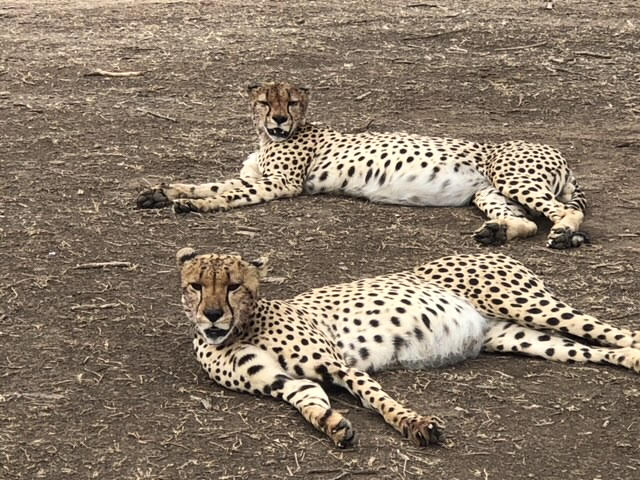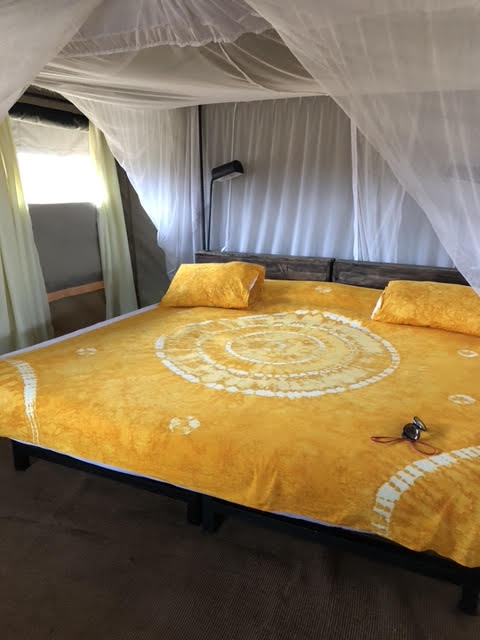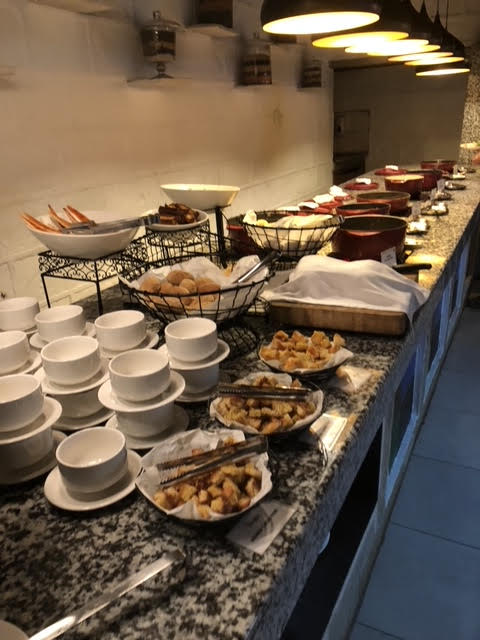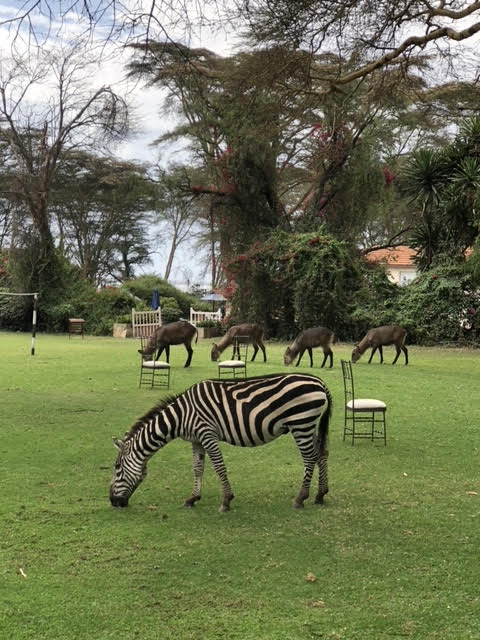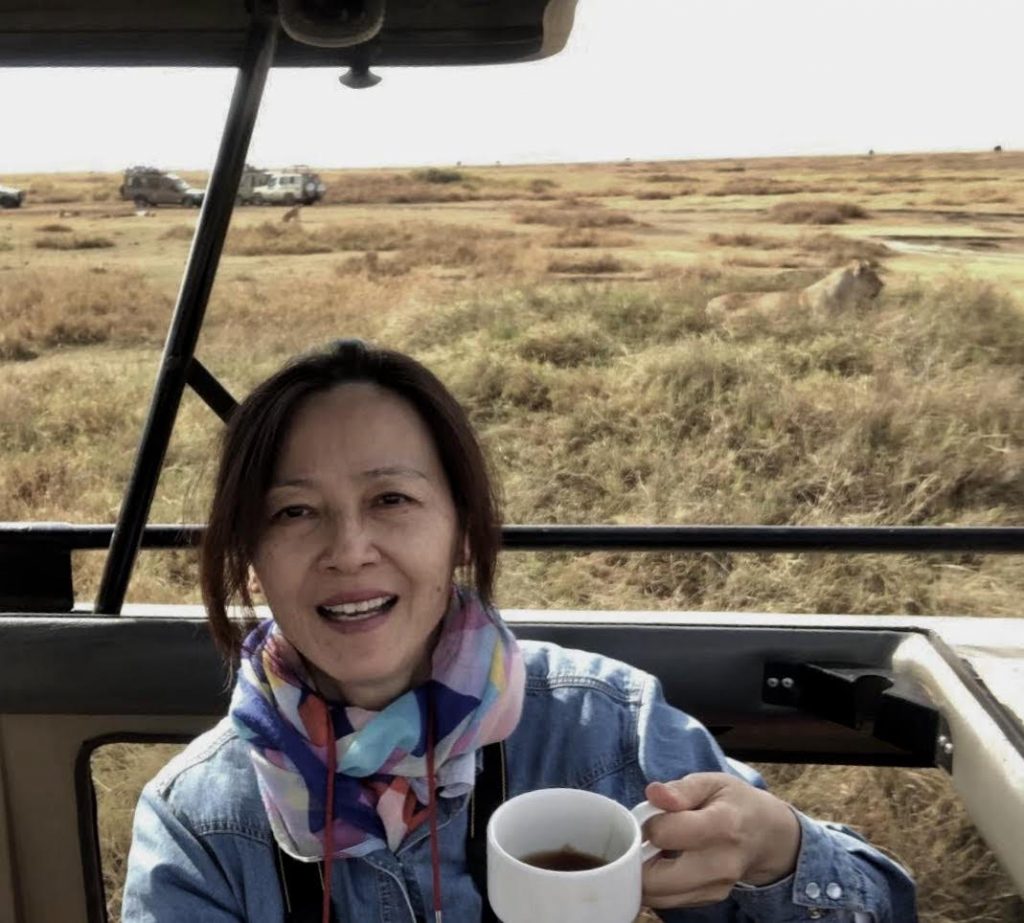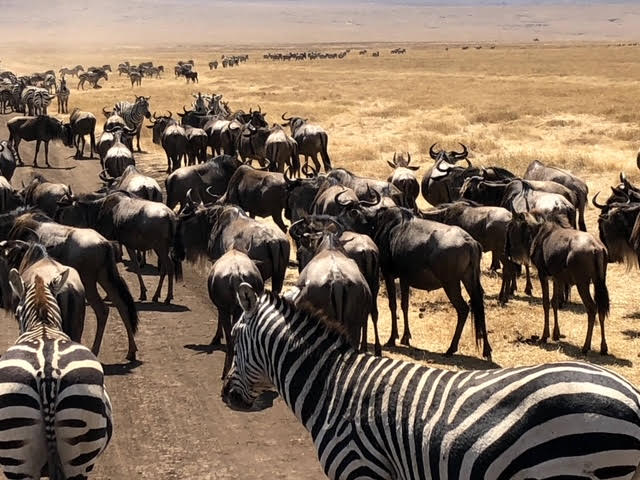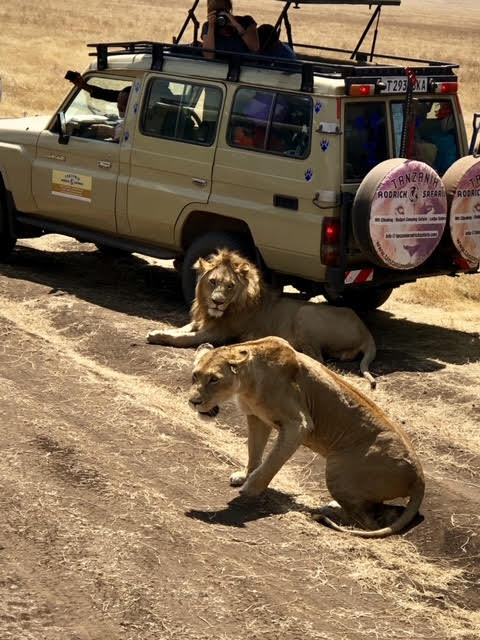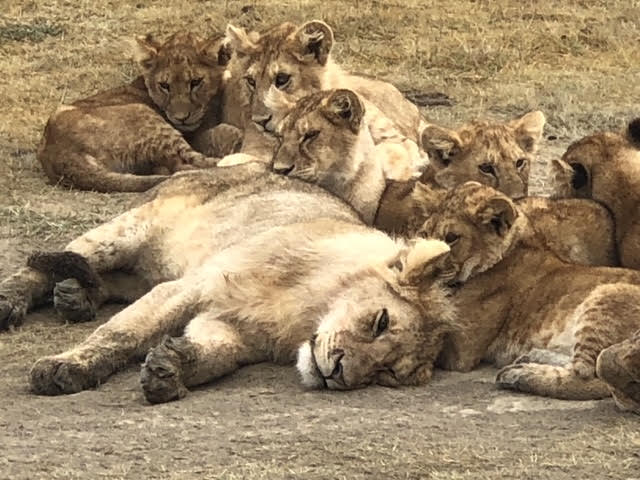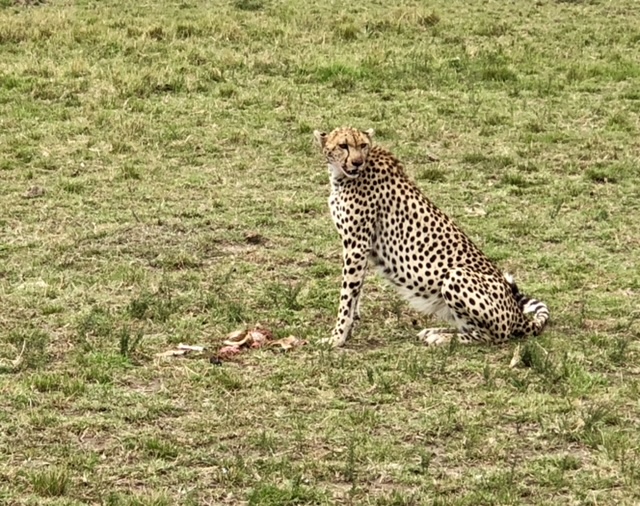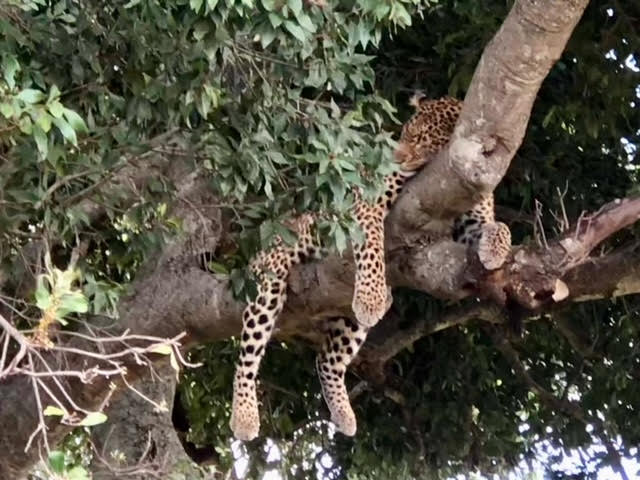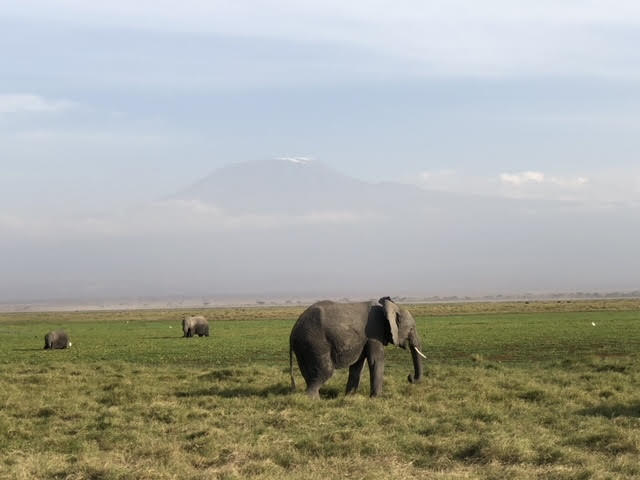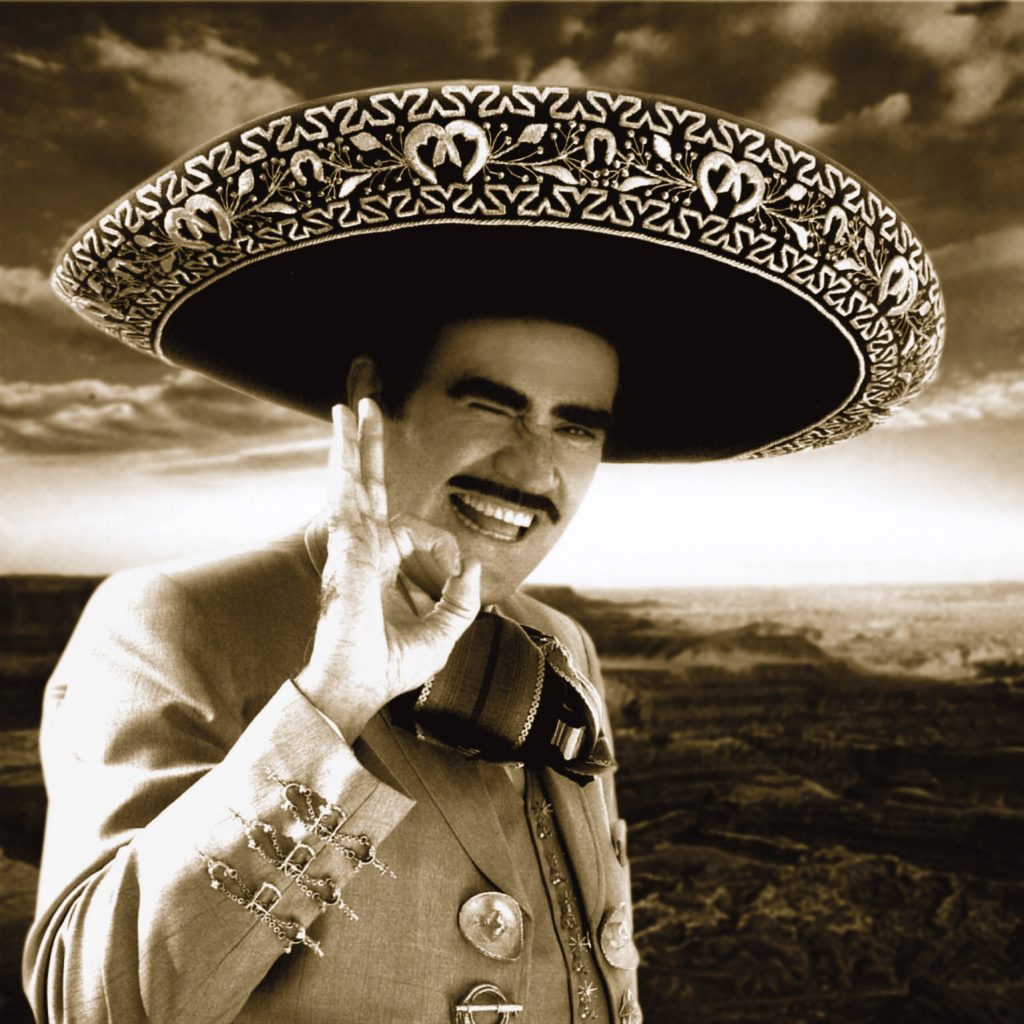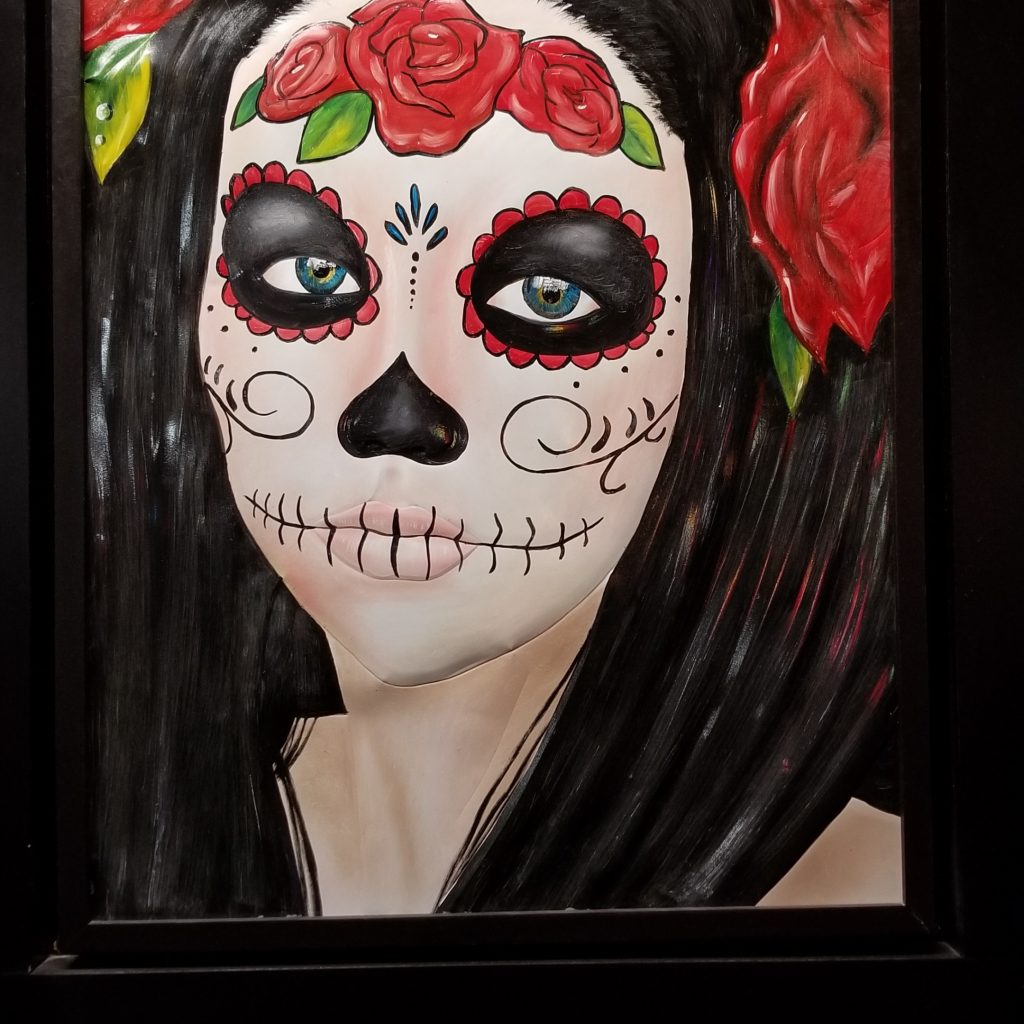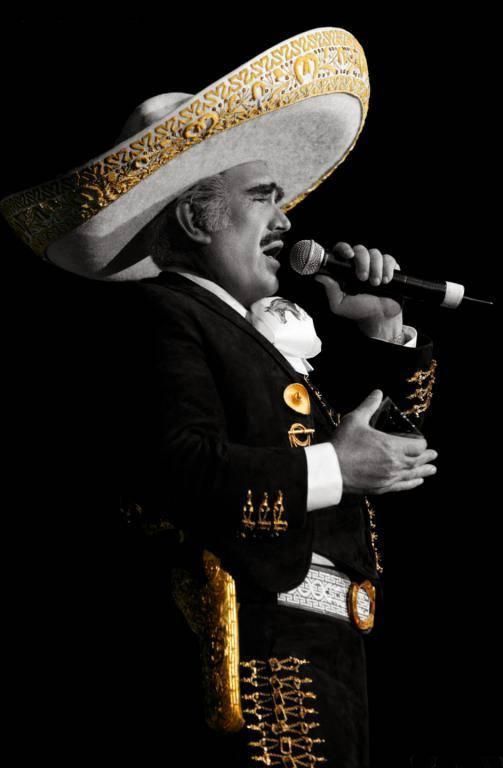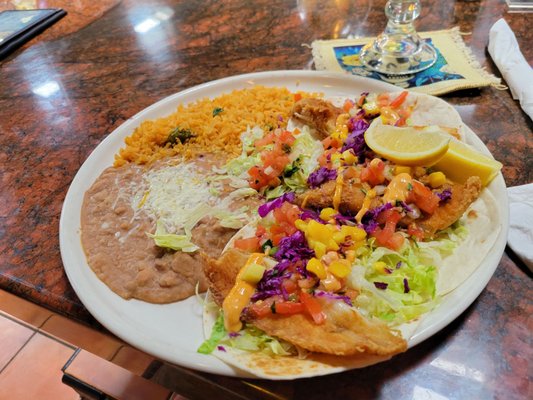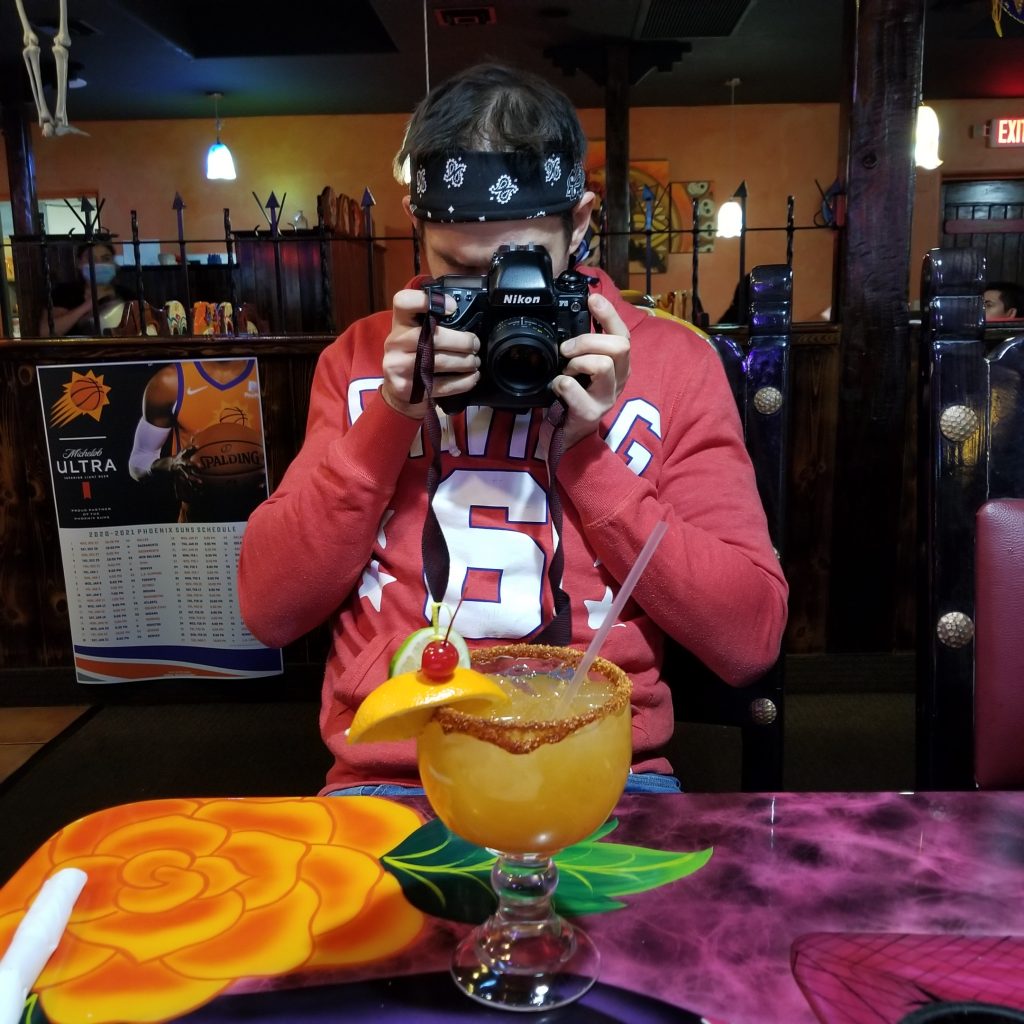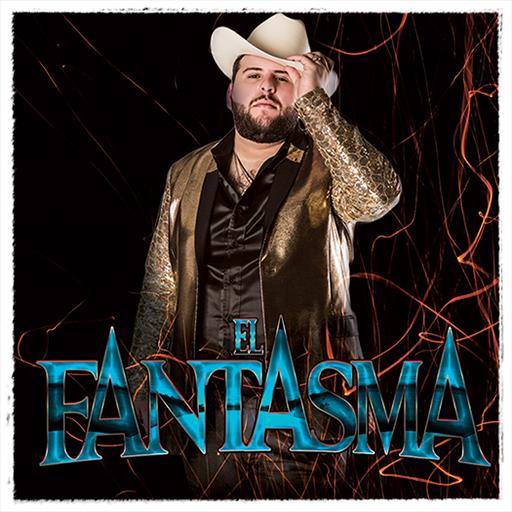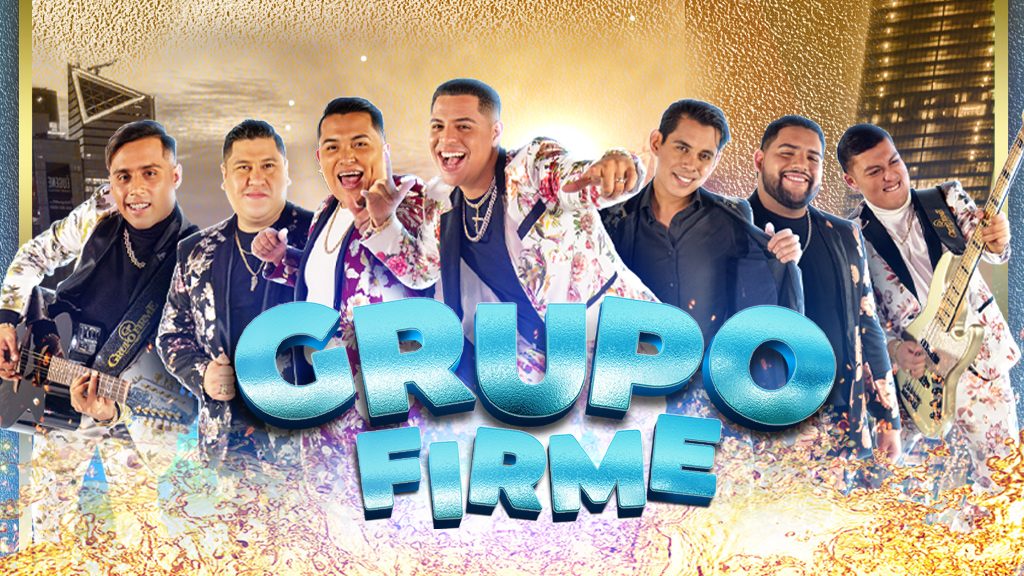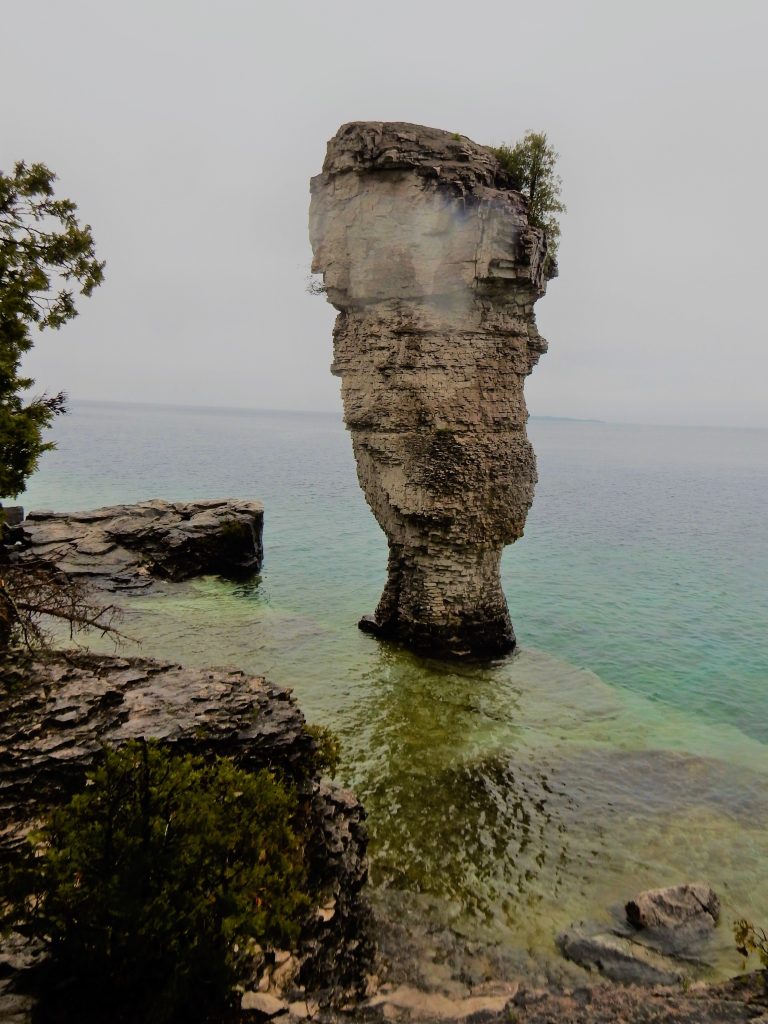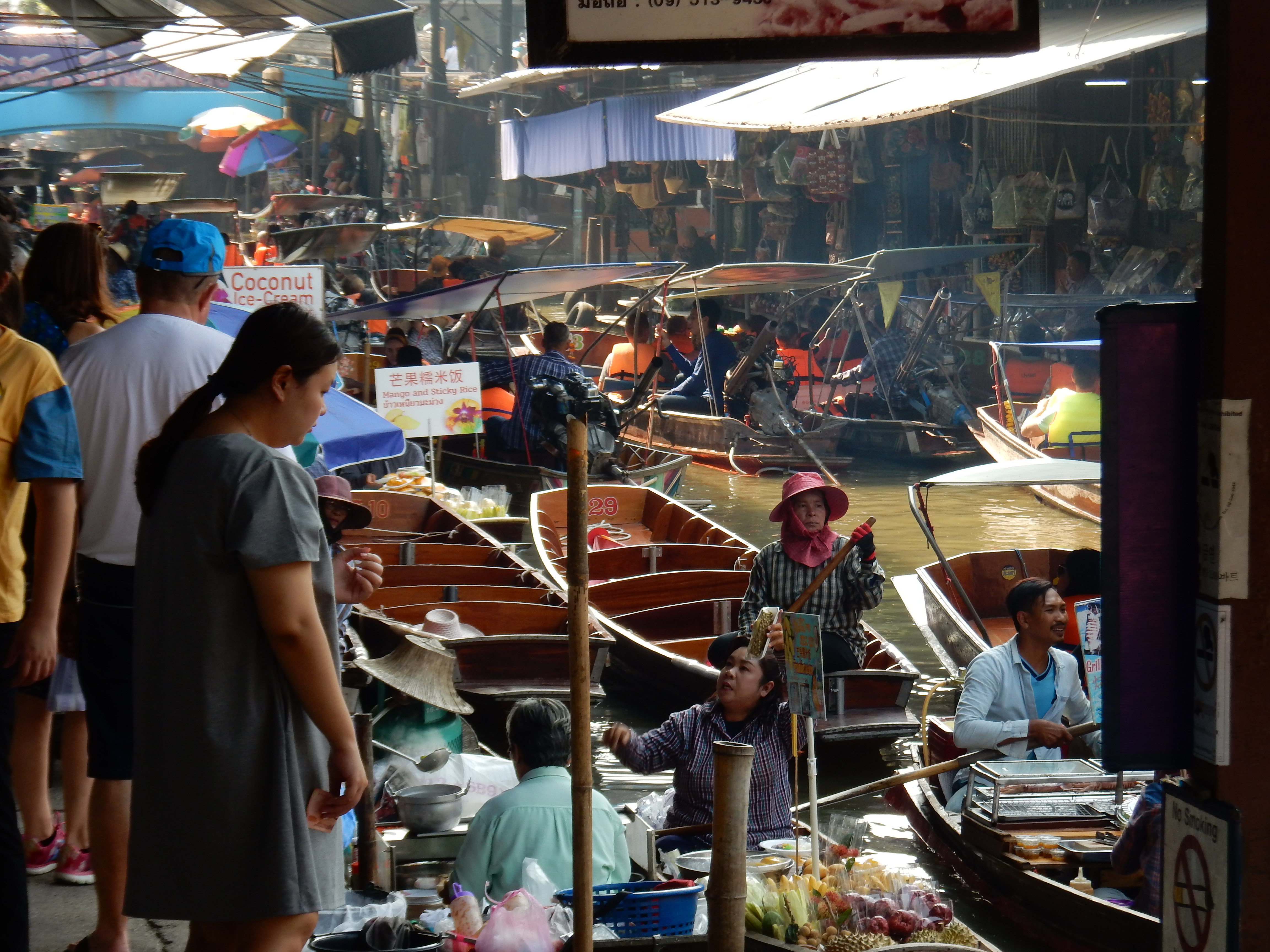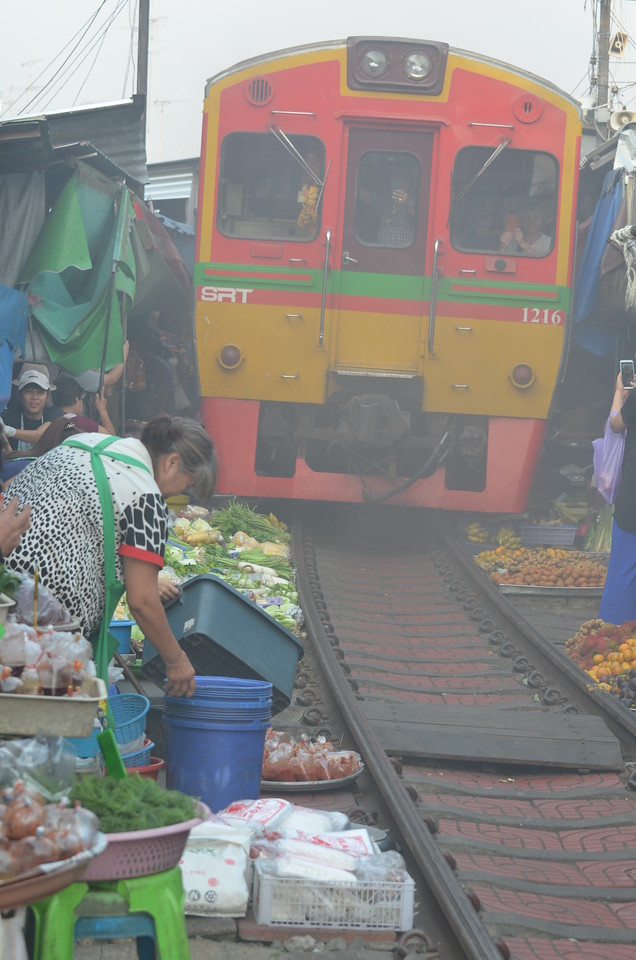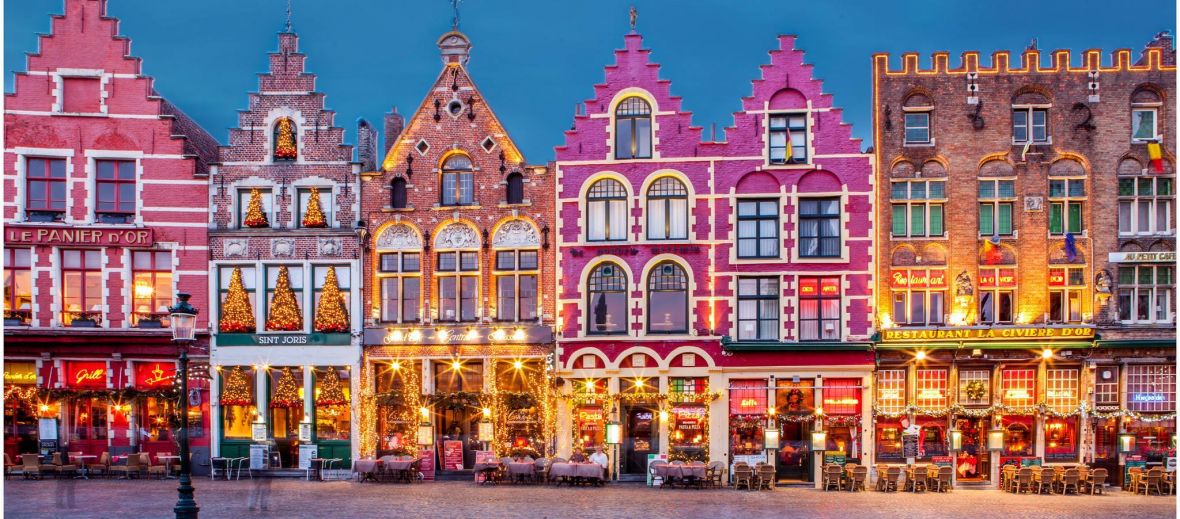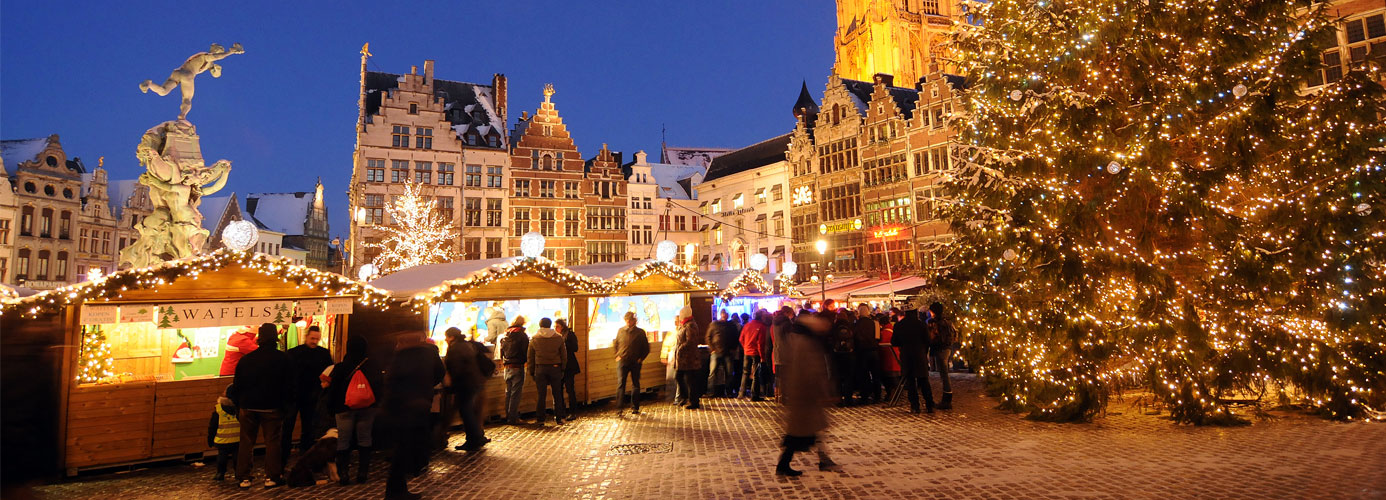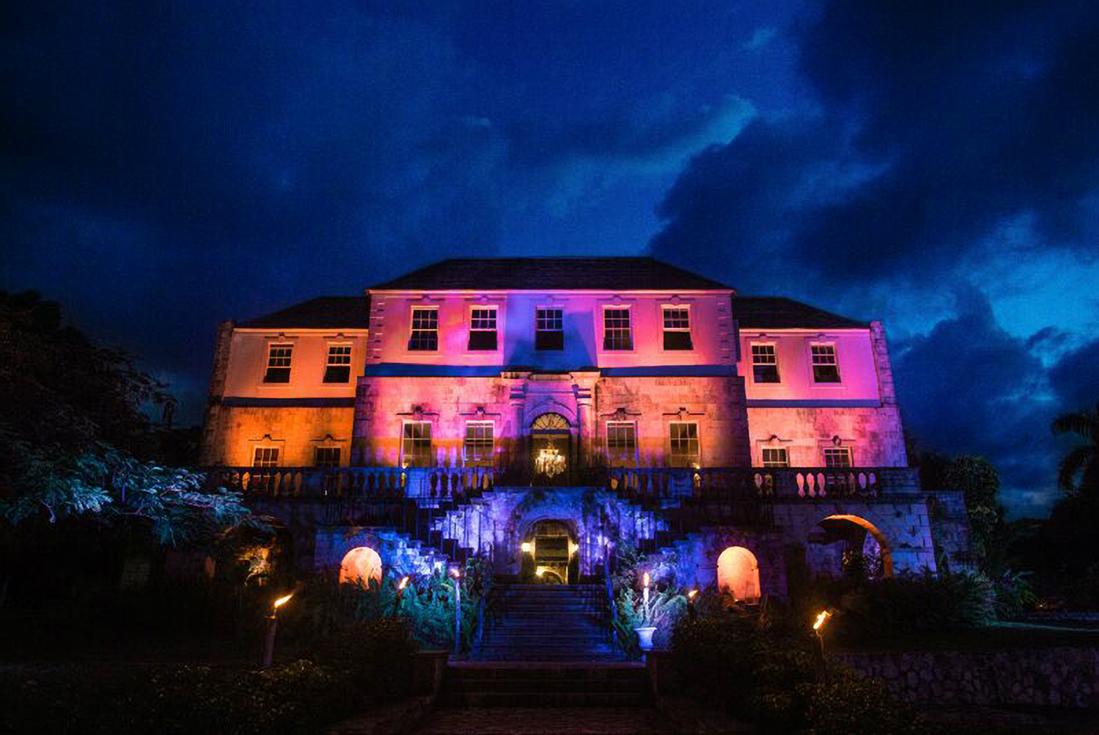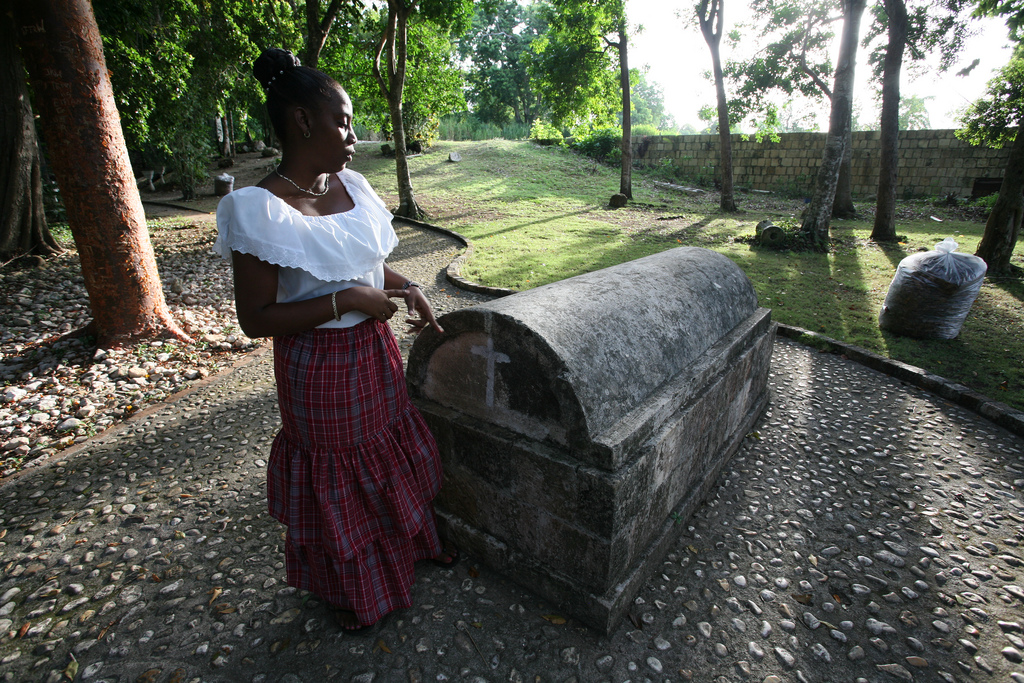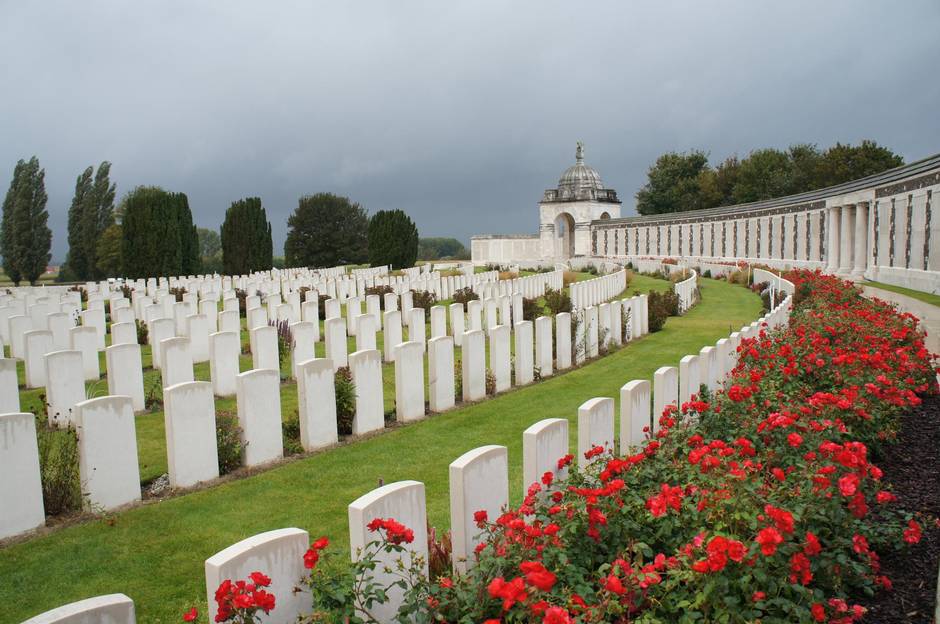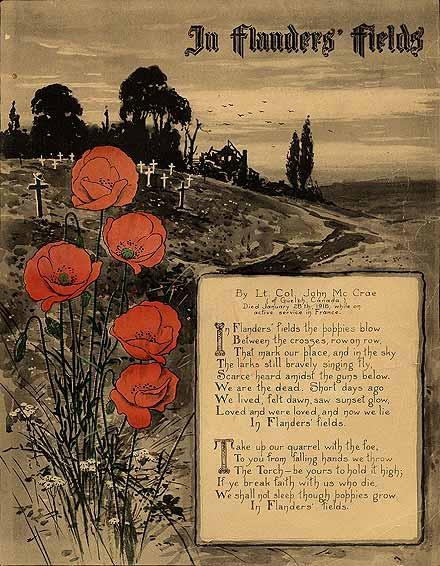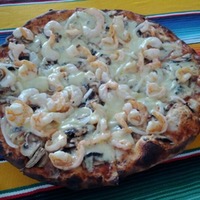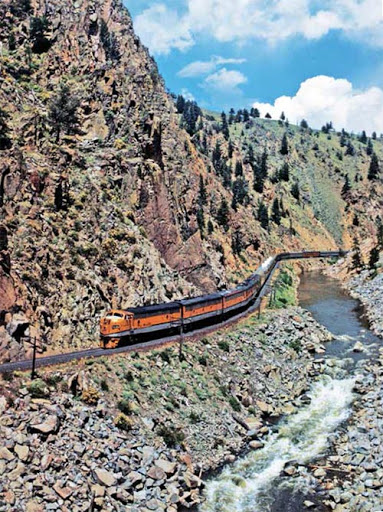NIKKO
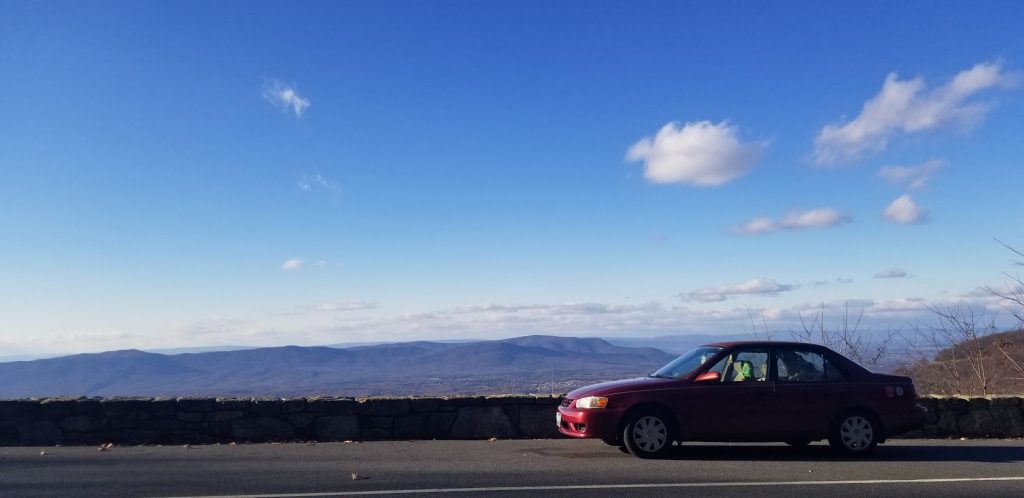
If you’ve been an observant reader of Glitterchicken, you might remember Nikko. She sat proudly atop a mountain ridge in Virginia, shot in profile for our piece about the Appalachian Trail. It was a small break in her life, a moment when she could take a well deserved rest after transporting her human to a respite from the ordinary and the mundane. She had a beautiful red glow showing a proud profile to the camera and the picture captured the love of photographer for subject. It’s a pose reminiscent of a black and white photo of Brendan MacKaye taken about one hundred years earlier. The photographer also captures MacKaye in profile and lit from the left. There is a divine glow around both of them, a crystalline sky above and a long view of a receding mountainous landscape behind. MacKaye is the man who whose foresight and will gave us a path to walk thru the woods essentially undisturbed by modern intrusions for almost 2200 miles.[1] Nikko and our cars give us the opportunity for freedom, a chance to escape, even if for only a brief time, to recenter, to regain our balance.
It is almost impossible to overstate the depth of our relationships with our cars. It is hard to imagine another object that evokes as strong a sense of animism amongst us. And while many Americans will profess a love of their cars (which seems at best a subjective assessment) the far more interesting and accurate gauge is how many Americans have named their cars. That number seems to hover around 40%.[2]
Nikko’s name was a manifestation of her human’s dreams. She (the human) had lived carless in San Francisco for 7 years before moving back East to her home state of Pennsylvania and finding a Toyota Corolla that had barely been driven by her prior owner in Brooklyn, NY. She(the car) had a snazzy, but not too overstated, “Impulse Red” paint job that screamed adventure. Nomadic by nature and no longer constricted by carlessness, she (the human) drove her (the car) loaded down with her belongings back to California, with a detour in Yellowstone and Grand Teton National Parks, an epic journey that required traversing the Teton Pass (8,432 ft) and the Donner Pass (7,056 ft). Somewhere along the way, Nikko earned her name, inspired by a Japanese hotel chain with many properties in the Pacific region but only one in the continental US, by Union Square in San Francisco nearby.[3] Like the hotel, the car had just the right balance of essential qualities-elegant yet practical, singular yet accessible, streamlined yet soulful.
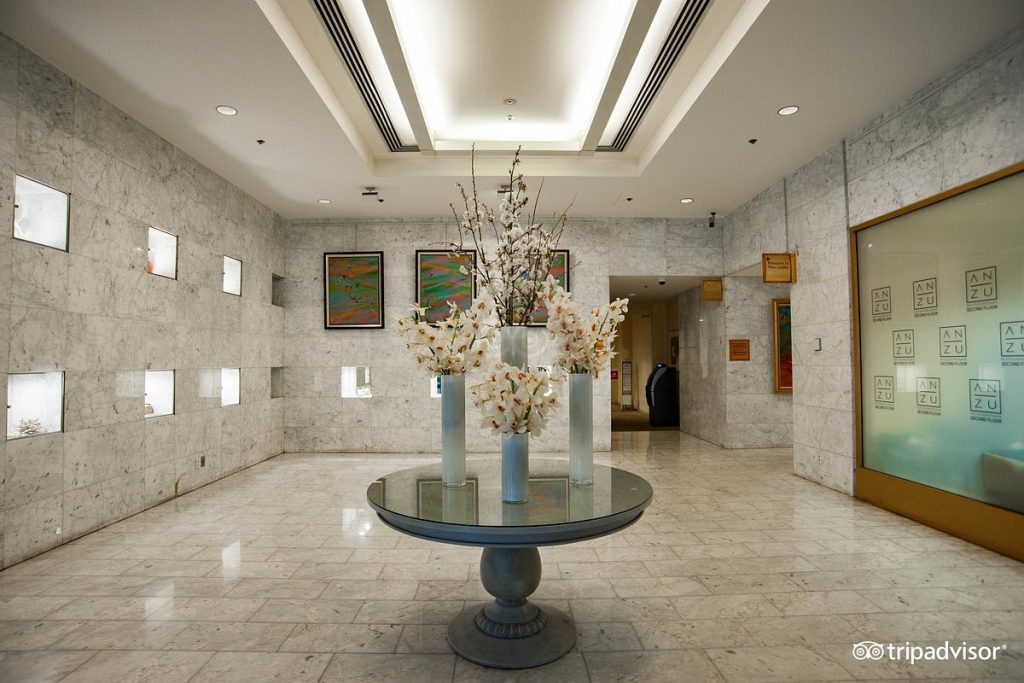
Ironically, as I sat in a local coffee shop pondering the profound relationship between humans and their cars, I overheard a random guy sitting three empty tables away say: “He’s happy he’s alive, he’s happy…well he’s got a car. He’s mobile, he’s ambulatory.” That coffee house is a place I’ve often gone to write. I’d never want to go to an actual office but I like going someplace where I can’t fall for the gambit of having to wash my dishes or make my bed, where I can use a bathroom and not feel compelled to clean it. So, somewhat against my will, I was eavesdropping. And scrambling to get the words down on a notepad. They weren’t especially profound. But they were en pointe. (except for “he’s ambulatory,” which means he can walk, not that he can drive. Nit-picking, but fair game if you’re speaking to someone on your cellphone in my “office”). About a week later, I was back at the coffee shop trying to write and was distracted again by the same random guy. This time, he was mansplaining chess. To a man. Then the conversation took a surprising turn. He began talking rather dismissively about his current car, but then wistfully about a car he once owned. A Mercury Marquis. How great a car that had been, how much he loved driving it, how he looked back with deep regrets about parting with it. Suddenly, random guy became much more real. I’d “known” him for years, but had never spoken with him, and didn’t want to now because I’d listened to him on his cellphone too many times. But now I really wanted to know if the Marquis had a name…
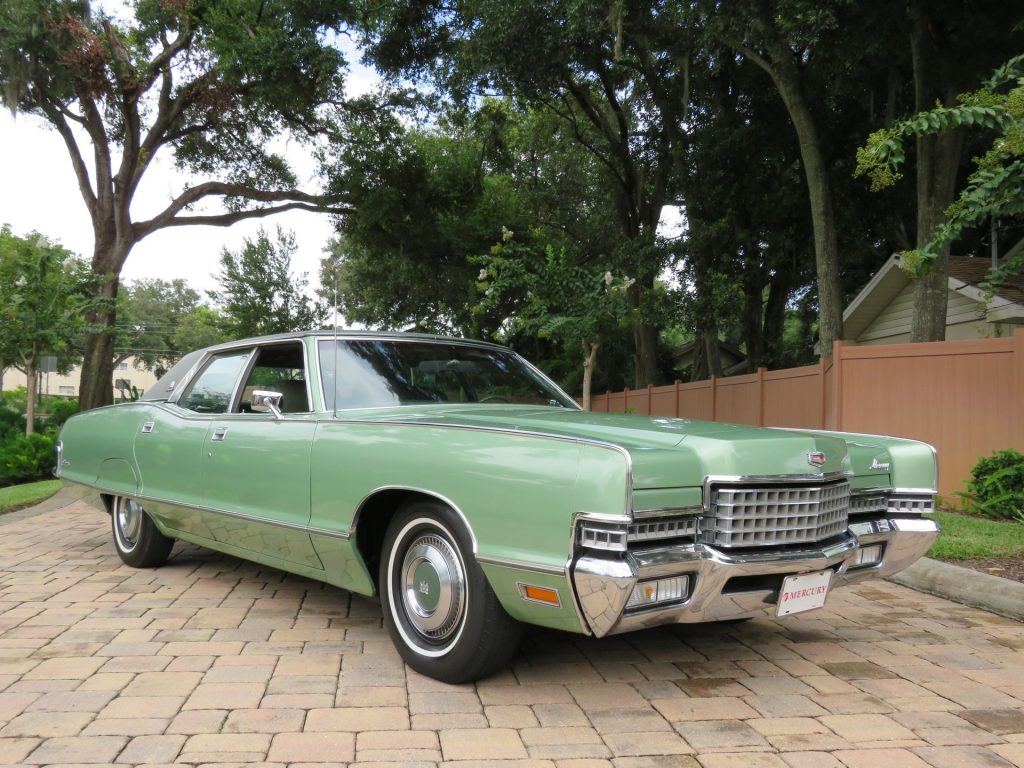
Cars and what they mean to us are interwoven in our collective and individual memories. Most of us learned to drive at the cusp of adulthood, and the freedom and excitement and solace our cars provided were iconically American. John Steinbeck’s Grapes of Wrath put the Joabs on a road trip to escape dire circumstances. Jack Kerouac’s On the Road defined hipness and the possibility of a counterculture. Joan Didion gave us Play It As It Lays, a novel in which the protagonist tries to manage the emotional costs of being a woman in late 1960’s California, with long drives on LA freeways in her Daytona Yellow Corvette Stingray. Didion then doubled down, erasing any doubts about her uber coolness, by being photographed, slouching next to her own Daytona Yellow Corvette Stingray (in front of her own LA house) wearing a long dress and a slightly bored expression, cigarette in hand.

Which brought me back to my friend and her spiritual connection to Nikko, a relationship that defied easy explanation. She described it as being similar to that between a rider and her horse, grown over years. When she needed Nikko to do something, Nikko did it. Deep in her heart, in her soul, there resided a trust that Nikko would always be there to take care of her and, of course, she would take care of Nikko. When Nikko appeared to be faltering earlier this year, she took Nikko to her mechanic, a car-whisperer. He opened her hood, listening to her as he peered in, thinking about her long life. He closed the hood, turned to my friend, and slightly shook his head. “I don’t know. I need to sleep on it.” He called the next day, saying: “I know how to fix her. It came to me in a dream.” It was a mystical moment, a divine intervention, the mechanic and Nikko engaging in a shamanistic ritual that only the two of them understood, which reminded my friend of when she was a young girl visiting her grandfather’s garage. He was an auto mechanic too. There was an intimacy with cars in her DNA, a line of almost subconscious memory.

Beyond literature, music createsan even more visceral connection to our cars. Even the most barebones models had a radio at least. Nikko, being a little special, also had a cassette player. Imagine driving on asummer night, listening to a Beverly Sills aria, or Miles Davis’s trumpet, or “Roadrunner” by Jonathan Richman and the Modern Lovers released in 1974. It’s a song overflowing with the joy of an aimless night drive “with the radio on, with the radio on” and Richman’s proclamations of love for Massachusetts and neon and driving to the Stop and Shop. I’d like to think that Roadrunner was not just the name of the song but also the name of Richman’s car. When he sings: “I don’t feel so bad now in my car,” you know that underneath it all, “Roadrunner” is really an anthem to Richman’srelationship with his car. It’s a song I still listen to once a week.
Nikko was involved in a collision last summer that was traumatic for both car and human. My friend was not physically injured, but thepain of seeing Nikko crumpled on the side of the road was real. Nikko took the full brunt of the hit, but still rallied enough to make it back to the shaman mechanic’s garage. This time there would be no answers in his dreams. Nikko had been a constant companion to my friend as her life evolved. Nikko satisfied her thirst for discovery, carried her across the open country, helped her hunt for Sasquatch in the redwoods, and always got her home safely. Most of all, Nikko saved my friend from harm, loyal and protective to the end. My friend has a new car now, also red, but not yet named. Decidedly not Nikko Jr. or Nikko 2. This shiny new hybrid has a bunch of modern features (like climate-controlled seats and a rear-view camera) but runs with a disconcerting silence and makes a confusing array of sounds—bells and whistles that are as indecipherable to my friend as a foreign tongue. She’ll get my friend where she needs to go and I’m sure she’ll have a name someday. But my friend’s soul will always be shared with Nikko. The mystical connection is just too strong.
[1] For more about Benton MacKaye, see https://www.glitterchicken.org/history/secrets-of-the-appalachian-trail/
[2] For more details about the American car-naming phenomenon, see https://capitalone.com/about/nerwsroom/nationalnameyourcardaysurvey2019/ In case you're wondering, most Americans name their cars Betsy. https://theshopmag.com/news/bosch-survey-says-most-americans-name-their-car-betsy/
[3] A TripAdvisor review from “Dedicated return guests” reads: “Beautiful polishedimmaculately clean property. Safe, secure, conveniently located. The culture iswarm professional personal and understatedly elegant from bell servicesgreeting to front desk to floor service. Rooms are clean. Views are expansive.”For more info about the Hotel Nikko in San Francisco, see https://www.tripadvisor.com/Hotel_Review-g60713-d80793-Reviews-Hotel_Nikko_San_Francisco-San_Francisco_California.htmland SanFrancisco Luxury Hotels | Hotel Nikko San Francisco

